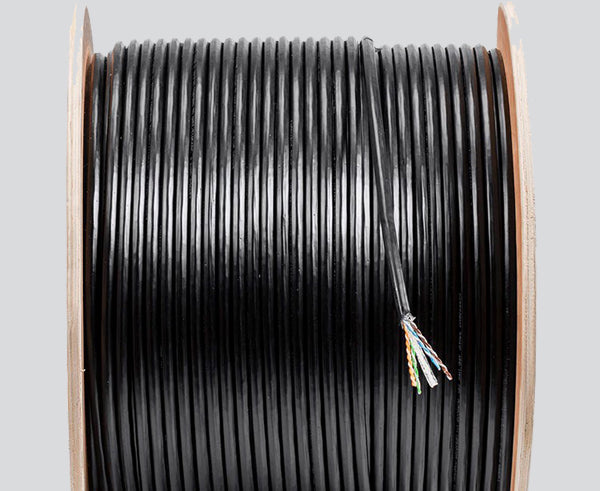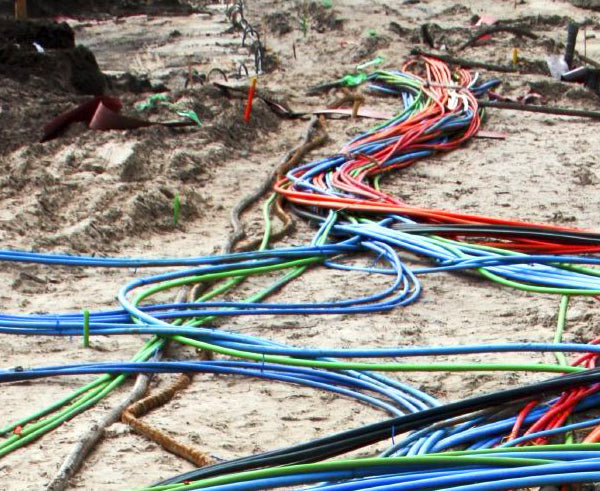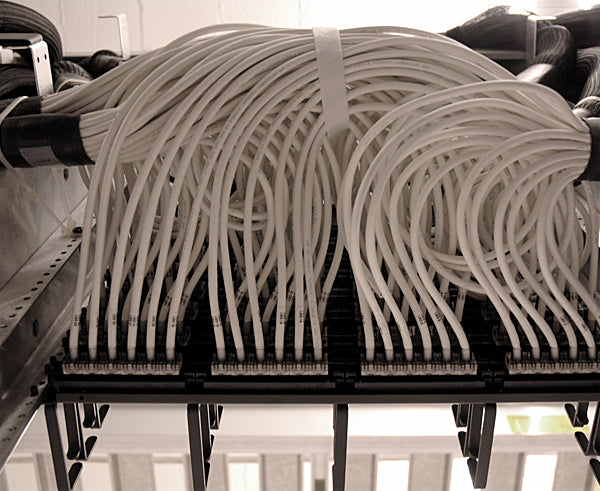
Choosing the Right Cable for the Right Environment
Wondering how to pick the type of cable you need? Don’t be overwhelmed by all the options. It is easier to pick and choose once you can understand the basics.
Choosing category cable does not have to be complicated. There are different uses for this versatile and well-known cable. While some run to the next latest and greatest, there is way more to getting the best connection than just bandwidth and speed. Cables must be used to their limit and in the right environment.
Can I Install this here?
If you ever ask yourself this question, a pretty simple checklist should come to mind. If by chance it doesn’t, then here it is:
- Will this need UV protection?
- What is the maximum length this cable can operate at the desired speeds?
- Am I burying this cable underground?
- What building fire codes should I be aware of?
- Am I running category cable near any electrical wiring?
UV protection
Anytime you are running cable outdoors, UV protection is necessary to block against the harmful rays of the sun. Excess sunlight can sacrifice the integrity of your cable, causing unnecessary frustration when connection is lost or hindered by unsightly cable cracking. Protect your outdoor cables by only buying our CMX-rated category cable equipped with a high density polyethylene insulation (HDPE).
Maximum Lengths
To obtain the best connection when installing your gigabit ethernet network, maximum operating length rules must be adhered to. For example, category 8 cable is intended for runs up to 30 meters or less to achieve intended speeds of 40G. To serve as another example, CAT6A ethernet cable can only run optimally at up to 100 meters. Knowing this, we can understand that different types of category cable can only function at their best within the confines of their limits.

Direct Burial Cable
Anytime you need to bury category cable, the essential question is: what kind of protection will your cable need? Some potential areas of concern may come to mind, such as excess moisture and physical damage. These potential problems can easily be avoided, however, and the risks of signal loss or cable damage can be greatly diminished. To protect your underground installation, we first and foremost recommend the use of conduit as a way of encasing and protecting your cables from outside influence. The next best thing is purchasing a cable with gel filling or water-blocking gel tape. Gel-filled direct burial cables, such as our C6CMXF-2044BK-1000FT, contain a gel-filling to repel water from the cable and keep moisture away from conductors. As an alternative option, we also offer cables insulated with a moisture blocking tape that turns into gel should any water come near it. Try our C6CMXT-2045BK.

Fire Ratings
Every cable has some sort of outer jacket for its specific installation. When you are installing indoors, there are two types of fire ratings that you can look for. One is a riser-rated cable and the other is plenum. Quite simply, the difference between the two is that one is rated to be run in plenum air spaces where a cable’s outer jacket must emit a less toxic smoke if it ever were to catch on fire. It is quite obvious that we wouldn’t want to inhale toxic chemicals if a fire were to take place, and that is why the outer jackets of plenum rated category cables work to prevent this. In addition, riser-rated cables are intended for applications where category cable in installed in multi-story buildings and there is a need to prevent fire from spreading from one floor of a building to another. Though plenum-rated cables contain a higher fire rating than riser rated cable, you can always purchase plenum-rated in replacement for riser whenever you have the option is available.

Installation Near Electrical Wire
Sometimes, installing ethernet cable around electrical wire is unavoidable. When this is the case, shielded category cable is a necessary option to protect you from signal interference. Most shielding contains aluminum, which acts as a barrier of protection from electromagnetic interference, also known as EMF. Don’t lose your signal, just protect it with shielded cable!
And lastly, Installation
Once you have considered all the different elements of your networking project, you can begin to acquire the perfect cable for your assembly. By assessing the different features of the environment you are installing in, you can protect your connection by being proactive against common concerns. For all your networking needs, choose Primus Cable as your full end-to-end solution today!
